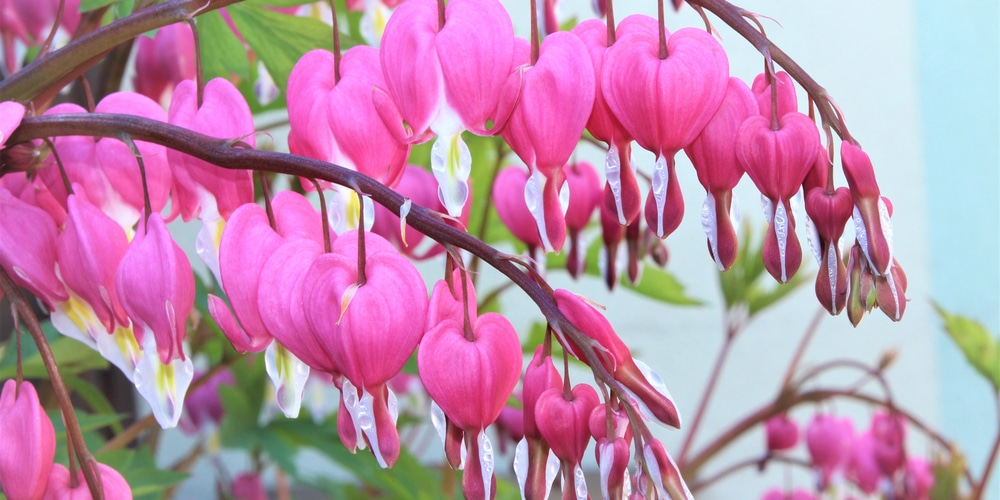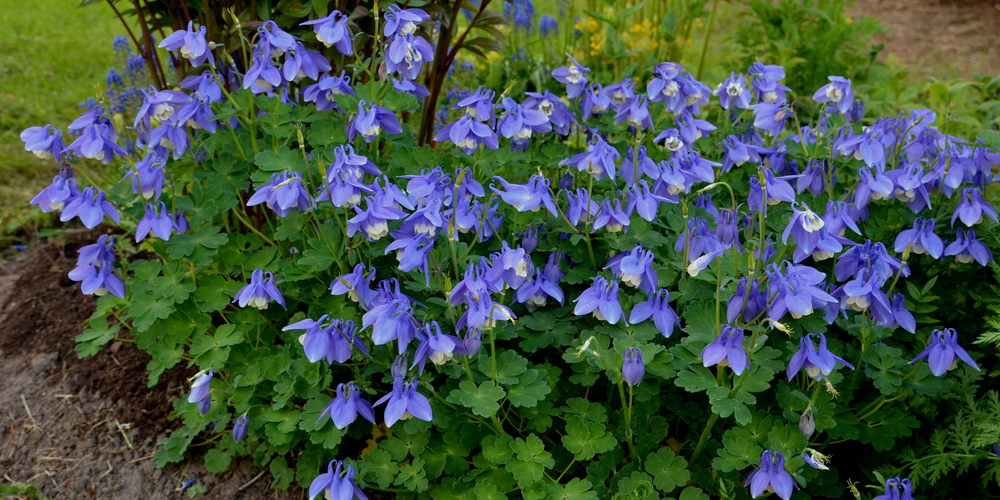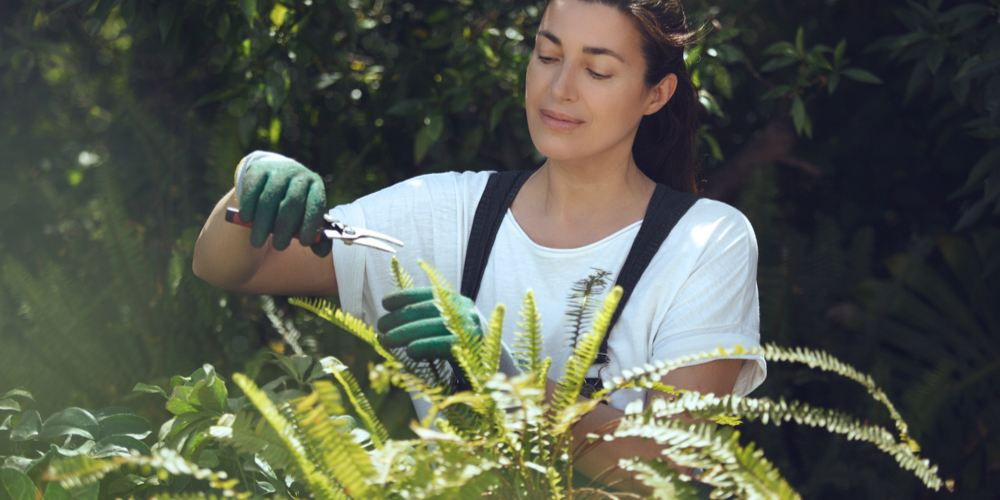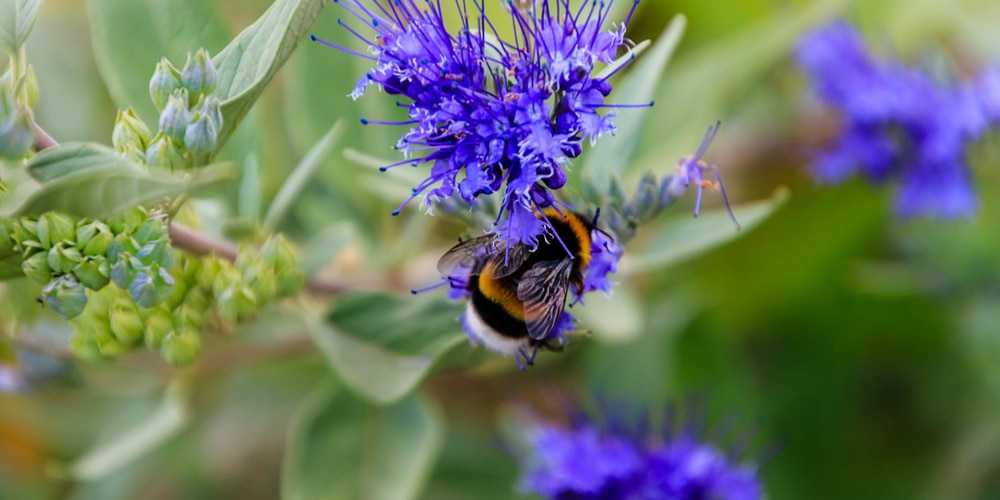Burning bush shrubs take their name for their bright red foliage. If you are looking for an ornamental plant to contrast with the green in your garden, a burning bush will, without a doubt, help you make a statement with your yard. Place them under full sun to get dark red foliage and grab the attention of this attractive plant. Because the foliage might contrast with other plants, burning bushes can be great companion plants to delicate flowers and trees. Read our essential guide on “burning bush companion plants” to get some ideas about the best plants to have around these stunning shrubs.
Burning Bush Companion Plants
Luckily, burning bushes are low-maintenance plants that don’t require much attention from your side if you ensure they get the sun, nutrients, and water content they need. Indeed, under optimal conditions, these bushes can get as far as overtaking your garden.
If you have shallow-rooted plants around them, you may have to keep these bushes under control. Additionally, don’t forget to practice regular pruning (at least once per year) to maintain your burning bushes in attractive shapes and forms and keep your garden tidy.
To further enhance these bushes’ fiery scarlet foliage, you may benefit from finding adequate burning bush companion plants. Several shrubs pair perfectly with this one as plant hedges.
Alternatively, you can plant flowers around evergreen to create an attractive backdrop to your garden’s looks.
Bleeding Heart
Bleeding hearts make for ideal companions to burning bushes. Their bright pink spring blooms will look fantastic against your bushes’ foliage. Indeed, while burning bushes look flaming red in the fall, they will catch a bright green color in spring and summer.
The two plants complement one another nicely. Bleeding hearts contribute to attracting pollinators and deterring some harmful pests from damaging your garden plants. Plus, bleeding hearts and burning bushes thrive under similar growing conditions.
Columbine
Columbines are low-maintenance perennials that can add some nice contrast to your burning bushes color during the spring. Plus, their attractive dark green foliage turns maroon in the fall, which complements burning bushes flaming red attractively. These flowers attract hummingbirds, which can make your garden lively during the spring.
Ferns
Ferns are shade-loving plants that can add density and texture to vividly colored gardens. When next to burning bushes, ferns can enhance their red foliage. In turn, your burning bushes can contribute to protecting ferns from harmful rays of the sun that might burn your precious green plant’s leaves.
Douglas Fir
Pairing burning bushes with evergreens is always a good idea, provided that both plants have similar requirements. Douglas fir is a long-lived conifer that looks similar to pine trees.
However, it grows stronger and taller and pairs stunningly with burning bushes. Its dark green foliage will make your bushes fall color pop. Plus, its needles will add more texture to your garden and contrast with the bushes’ smooth and rounded leaves. Because burning bushes will lose their foliage in winter, adding an evergreen next to them fills the bare branches.
Dark Knight Caryopteris
Dark Knight Caryopteris is a delicate-looking shrub that pairs nicely with burning bushes, especially if you are using them as hedge plants. It will also grow well in containers. Because both plants have similar growing requirements, you can plant them together for a dramatic effect in your garden.
Dark knight’s flowering is blue to purple. Because it blooms in fall, the beautiful blue of its flowers will contrast dramatically with burning bushes’ flaming red foliage. The results will surprise you. Plus, dark knights are a magnet for bees and other beneficial pollinators that deter harmful pests in your garden. The win-win is apparent.
Burning Bush Companion Plants: The Bottom Line
Burning Bushes are stunning plants on their own. While they don’t need companions to thrive or catch the eye, pairing them with the right plants will improve your garden’s looks. Not only that, but you’ll also get to enjoy the results of beneficial relationships between the two plants.
Indeed, by choosing flowering shrubs or plants, you’ll attract more pollinators to your garden, which in turn will deter pests that attack your plants. You can enjoy the stunning blooms without having to worry about pesticides. In exchange, burning bushes can create attractive contrasts in color and texture.




